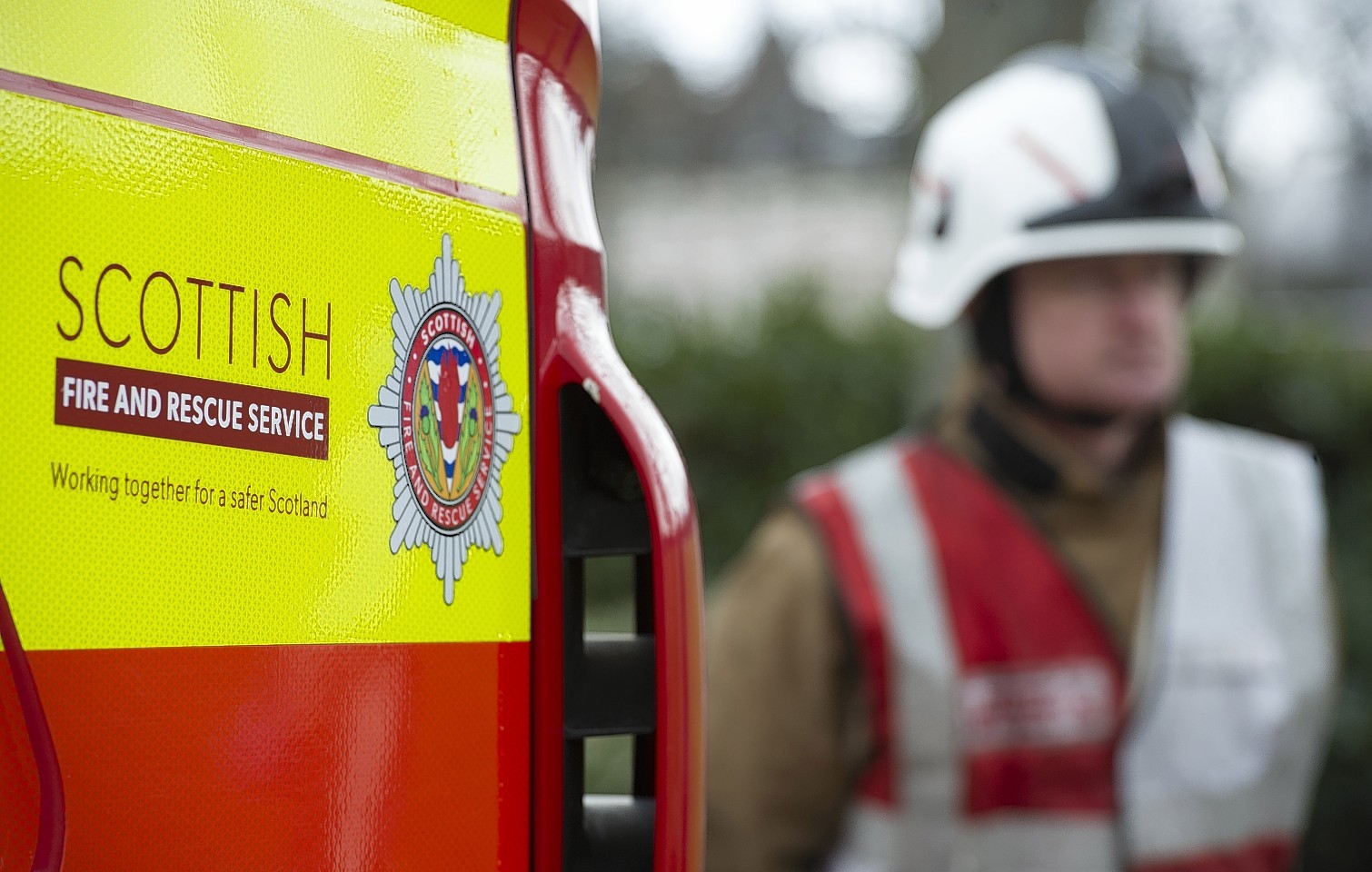Overstretched fire crews in the north-east dealt with a 50% rise in hoax calls last year.
Figures have revealed that in 2013, the emergency service received 203 calls which were deemed malicious.
It marks a sharp increase – almost 53% – on 2012, which saw a total of 133 calls.
Former convener of Grampian Joint Fire and Rescue Board Mike Raeburn described the figures as concerning, adding teenagers were almost always behind such calls.
He said: “Make no mistake – this is a crime. Not only does it tie up resources it can jeopardise lives.
“Driving under blue light conditions is normally safe but it does have risks and every time the service has to respond to a hoax call there is a risk to both the crew and the public.
“But I am encouraged that the fire service is taking active steps alongside the police to track down the perpetrators.”
The latest figures came in response to a Freedom of Information request by the Press and Journal.
In some cases control staff challenged the caller over the authenticity of the call and crews were not sent to the scene – but in most incidents appliances were dispatched only for firefighters to discover they had been duped on arrival.
SFRS Aberdeen area manager Duncan Smith said: “Whilst over the 12 months we saw a modest rise in these types of calls compared to the five year average, the overall trend is a steady reduction in the number of malicious calls in the Aberdeen area over recent years.
“If we suspect a call may be malicious we robustly challenge the authenticity of the call.
“We have systems in place which are closely linked to our partners at Police Scotland and they have the ability to trace where the call is coming from.
“Malicious calls can be potentially life threatening and may divert crucial resources away from those in real need of assistance from us.
“We would remind individuals that it is an offence to make a malicious call and any report would be passed straight to Police Scotland.”
Sandy Allan, chairman of the Buchan Community Safety Group, described the rise in the number of calls as concerning.
He said: “This kind of behaviour ties up fire service resources and that could have an impact if there’s a real fire. And it’s not just hoax calls, it’s willful fire raising too.
“I really don’t know what’s behind this increase. We need to look at ways of tackling it and that largely comes down to education and possibly diversionary activities.”
The fire service works with young people in the north-east to highlight the dangers associated with malicious calls.
A police spokeswoman said: “Hoax calls divert the emergency services from genuine emergencies and any unnecessary delay in attending genuine emergencies could easily mean the difference between life and death. Individuals who are found to commit these offences will be dealt with robustly.”
